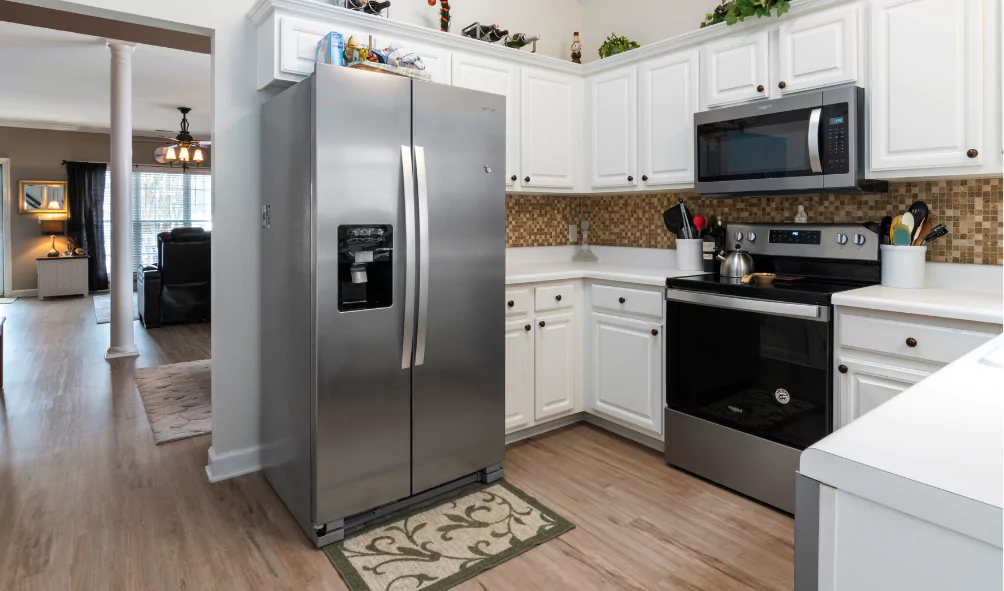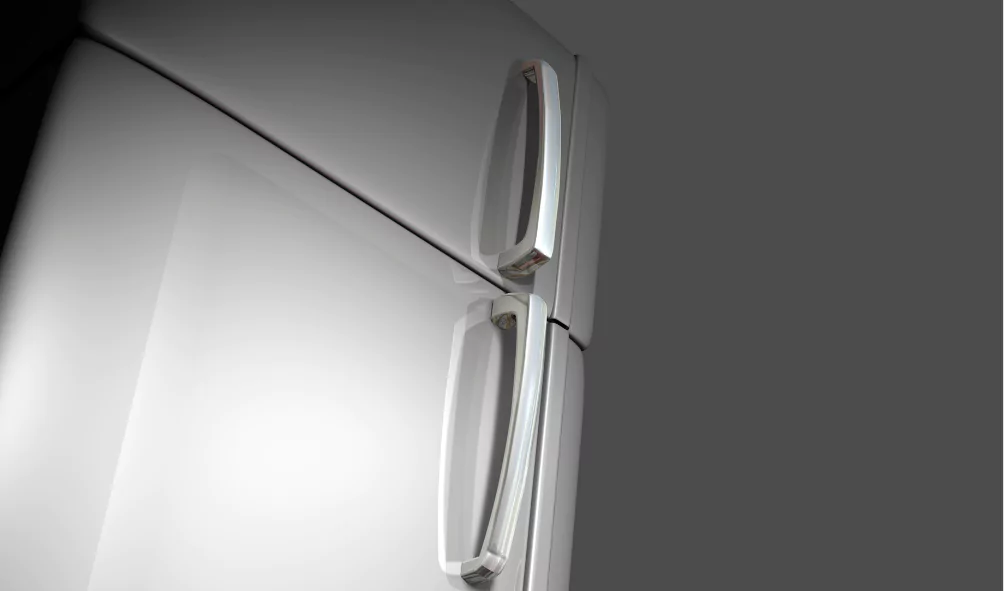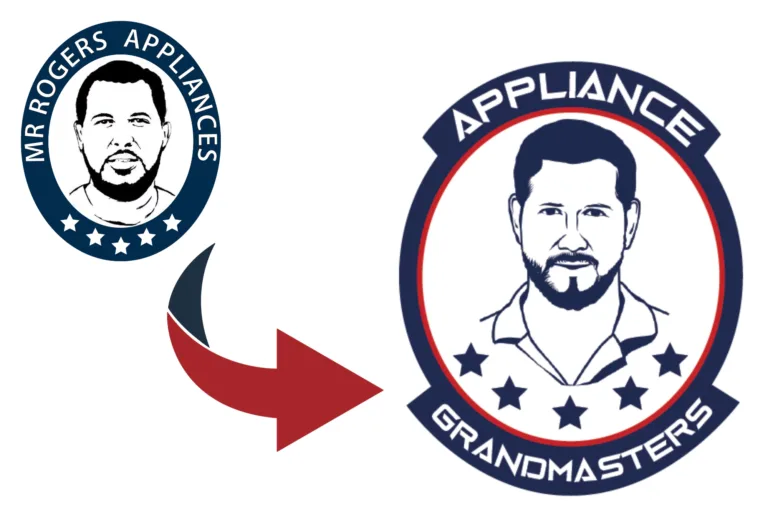A refrigerator that’s not cooling is more than just an inconvenience – it’s a race against time to save your groceries and prevent potential foodborne illnesses. But before you panic and call for repairs, let’s explore some common reasons why your fridge might be on the fritz and what you can do about it.

Several factors can contribute to your refrigerator’s cooling malfunction. Understanding these can help you pinpoint the problem and potentially resolve it yourself.
It might seem obvious, but the first thing to check is if your refrigerator is actually receiving power. Ensure it’s properly plugged into a functioning outlet and check your circuit breaker to see if a fuse has blown or a breaker has tripped.
The thermostat controls the temperature inside your refrigerator. Make sure it’s set to the appropriate cooling level, typically between 37 and 41 degrees Fahrenheit. Accidentally turning the thermostat too high can lead to a warmer fridge.
Refrigerators need proper airflow to cool effectively. Check the vents inside your fridge and freezer compartments to ensure they aren’t blocked by food items. Blocked vents restrict the circulation of cold air, leading to inconsistent temperatures.
Located on the back or bottom of your refrigerator, the condenser coils dissipate heat. Over time, these coils can accumulate dust and debris, hindering their ability to release heat and making your refrigerator work harder and less efficiently.
While some frost in the freezer is normal, excessive buildup can impede the cooling process for both the freezer and the refrigerator compartments. This often indicates a problem with the defrost system.
The door seal, or gasket, creates an airtight barrier to keep cold air in and warm air out. If the seal is damaged, cracked, or dirty, warm, moist air can enter, causing the refrigerator to work harder to maintain its temperature.
While it’s tempting to stock up, overfilling your refrigerator can restrict airflow and prevent proper cooling.

Before calling a repair technician, try these simple troubleshooting steps:
If you’ve tried the DIY steps above and your refrigerator is still not cooling properly, it’s time to call a qualified appliance repair technician. Some issues require specialized knowledge and tools to diagnose and fix, such as:

Regular maintenance can help prevent cooling issues and extend the lifespan of your refrigerator.

1. Why is my refrigerator not cooling but the freezer is?
This can happen if there is an issue with the evaporator fan, which circulates cold air between the freezer and fridge. If the fan isn’t working, the freezer may still get cold, but the fridge won’t.
2. How can I fix a refrigerator not cooling?
Start by checking the condenser coils, thermostat, evaporator fan, and door seals. Cleaning the coils and adjusting the thermostat may fix the issue. If these steps don’t work, it’s time to call an appliance repair professional.
3. Is it worth repairing a refrigerator that is not cooling?
It depends on the issue. Minor problems like cleaning coils or replacing a fan are relatively inexpensive, but more serious problems like a faulty compressor may require replacement. A professional technician can help assess the situation.
4. How do I know if my refrigerator needs a new compressor?
If your refrigerator is not cooling, and there is no airflow or noise coming from the compressor, it could be failing. A technician can diagnose whether the compressor needs to be replaced.
5. Can I fix a refrigerator not cooling myself?
Some problems like cleaning the coils or checking the thermostat are DIY-friendly. However, more complex issues like compressor failure or refrigerant leaks should be handled by a certified appliance repair technician.
A refrigerator that’s not cooling can be a stressful situation. By understanding the common causes and following these troubleshooting steps, you can often identify and resolve minor issues yourself.
However, for more complex problems, don’t hesitate to call a qualified appliance repair professional to ensure your groceries stay fresh and your kitchen remains a happy place.
Regular maintenance is key to keeping your refrigerator running efficiently and preventing future cooling headaches.
Don’t stress. Appliance GrandMasters provides professional appliance installation and repair services to keep your appliances in top condition. Let our skilled technicians handle the work, ensuring your appliances run smoothly and efficiently. Contact us today for all your appliance repair needs in Greenville.
Get professional home appliance Repairs, maintenance & Installation now!
No worries! We’ve got you covered.
At Appliance GrandMasters, we’ve got your back. Let the experts handle it, so you can enjoy the convenience of smoothly running appliances without the DIY stress.
Our Appliance Repair & Maintenance Service Area
Greenville, Greer, Taylors, Simsponville, Mauldin, Easley, Pickes, Liberty, Pelzer, Williamston, Spartanburg, Honea Path, Belton, Piedmont, Travelers Rest, Wellford, Fountain Inn, Moore, Reidville, Duncan, Lyman, Boiling Springs, Inman, Campobello, Landrum

Formerly known as Mr. Rogers Appliances, we rebranded our appliance repair company to Appliance GrandMasters in June 2020. Since then, we have focused on developing our brand to be customer-oriented.
Fixing appliances has become a passion for us. We enjoy challenges and we are always studying to become the very best.
We accomplish swift and top-notch service by employing efficient and friendly customer service procedures that guarantee accurate answers and solutions.
Our approach involves the careful selection and comprehensive training for the necessary skills to fulfill our customers’ needs. Through these strategies, we strive to consistently provide exceptional service.